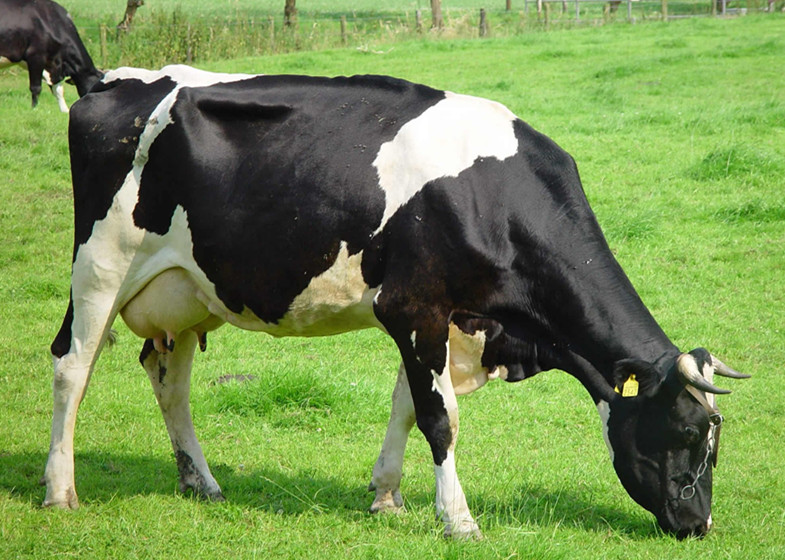On its good days, science is incredible, enlightening and amazingly informative. On its bad days, science is gross, disturbing and downright bizarre. We had to sift through some pretty murky waters to compile this list of odd questions science has tried to answer. Talk about typing a word into the Google machine for perfectly innocent reasons and getting completely perturbing results for your efforts.
10.Does the way you stand affect your ability to estimate?

If you're leaning a little to the left, you're also probably going to be a little on the low side when it comes to guesstimating all sorts of approximations. Whether that's how many people live in a certain city, how much alcohol is in a particular bottle of booze, how many top-10 hits a band has released or how tall a specific building is -- if you're tilted slightly to the left, that number is more likely to be less than what it really should be.
9.If you name a cow, are you going to get more milk?

It might not be all in a name, per se, but one study came to the conclusion that when stock managers know all the cows in a herd individually, the amount of milk those better-beloved cows can crank out is quite a bit higher. It came to about 68 gallons (258 liters) more a year, based on a survey of 516 stock managers on U.K. dairy farms. There are still some causation and correlation questions to be pondered regarding this conclusion, and more fieldwork to be done to verify the results. But if your preferred milk of choice comes from a cow who's a happy camper, you've probably got a lot more of it coming your way.
8.Why don't pregnant ladies tip over?

It's the sort of question a child wonders out loud – usually very loud – in line at the grocery store, much to the horror of mom or dad. Still, how do pregnant women manage to haul their baby-filled bellies around without falling over? Well, science is here to inform you, in the form of a study published in the journal Nature. Ladies can do something fancy with their backbones that men can't – they can compact the vertebrae in their lumbar area more easily. That means the bones in their lower backs are shaped more like wedges than those of males. So as women become increasingly pregnant, they can rock back on their spines to support and balance the additional weight. Good thing too, for our species, don't you think?
7.How much wood could a woodchuck chuck?

Woodchucks aren't actually fond of wood (well, of eating it anyway – they might get all Bob Ross if they tried painting happy little trees) so their reputation for "chucking" isn't particularly accurate. But, if a woodchuck were so inclined, what would his rate of his fibrous chomping be? Answer: 22.0859393 cubic inches (361.9237001 cubic centimeters) of wood per day. Yep. You heard it here first. An average of 22 cubic inches met a grisly fate each day researchers plunked a piece of lumber into a hungry woodchuck's enclosure. The little groundhogs subjected to this culinary madness had a limited menu during the 12-day study (a two-by-four a day keeps the doctor away) so luckily the study was wrapped up pretty rapidly. And oddly decisively. This study was so improbable that it made its way into the world in the Annals of Improbable Research.
6.Are cabbies' brains better than the rest of ours?

Thanks to everything from bad weather to cranky passengers, driving a cab must be challenging under the best of conditions. That could make driving a cab in a metropolitan labyrinth of lousy street planning an absolute nightmare. So how do taxi drivers manage it? By expanding pertinent parts of their minds. London cab drivers have to pass some rigorous exams to command one of the cabs that dots London thoroughfares. Some of the memory-storing parts of the drivers who pass are more developed than those of the drivers who fail, says a five-year study conducted at University College London. The hippocampi of the successful sedan savants grew decidedly more developed in certain respects than those of us who simply push the peddles to get to the nearest grocery store.
审校:省略珺 来源:前十网












